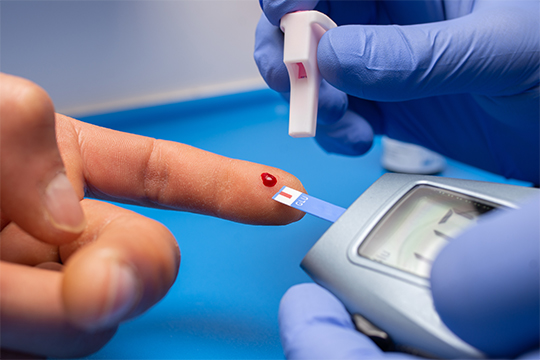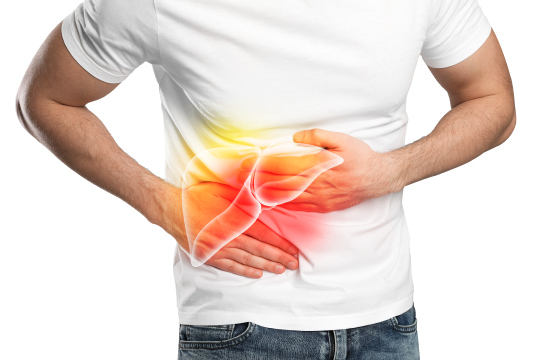Home > Disease and Treatments > Understanding Piles, Fissures, and Fistula: Symptoms, Treatment, and Surgery
Understanding Piles, Fissures, and Fistula: Symptoms, Treatment, and Surgery
Dealing with conditions affecting the anal region, such as piles (haemorrhoids), fissures, and fistulas, can be challenging. Understanding the symptoms, available treatments, and potential surgical interventions is crucial for effective management. This blog will offer valuable insight into each of these conditions.
PILES
Piles, also known as haemorrhoids, are swollen blood vessels located in and around the rectum and anus. These vascular structures can become inflamed and cause discomfort, pain, and other symptoms. Piles can be classified into two main types:
Internal Hemorrhoids
These are haemorrhoids that form inside the rectum, where there are fewer pain-sensing nerves, so they are less likely to be painful. Common symptoms include bleeding during bowel movements, prolapse (protrusion during straining), and the sensation of incomplete bowel movements.
External Hemorrhoids
These haemorrhoids develop under the skin around the outside of the anal opening. They can be more painful due to more pain-sensing nerves in the area. Symptoms may include itching, swelling, and severe pain, especially during sitting or bowel movements.
The primary causes of piles include:
- Straining during bowel movements (commonly due to constipation)
- Chronic diarrhoea
- Pregnancy
- Obesity
- Sitting for prolonged periods
- Ageing
- Common symptoms of piles include
- Bleeding during bowel movements, visible as bright red blood on toilet paper or in the toilet bowl
- Itching or irritation in the anal region
- Pain or discomfort, especially during sitting or bowel movements
- Swelling or lumps near the anus
Treatment for piles varies based on the severity of symptoms. Mild cases can often be managed with lifestyle and dietary changes, including increased fibre intake, hydration, and avoiding straining during bowel movements. Topical treatments and over-the-counter medications may provide relief.
In more severe cases, medical procedures may be recommended, such as:
Rubber band ligation
Sclerotherapy
Infrared coagulation
Hemorrhoidectomy (surgical removal)
FISSURES
Anal fissures are small tears or cracks in the lining of the anus, which is the opening at the end of the digestive tract where bowel movements exit the body. These fissures can cause pain and bleeding during and after bowel movements.
Causes of Anal Fissures
Trauma during bowel movements: Passing hard or large stools can cause tears in the delicate tissue of the anus. Chronic constipation or diarrhoea: Straining during bowel movements or frequent loose stools can contribute to the development of fissures.
Symptoms
Pain during bowel movements: Anal fissures often cause sharp pain during and after passing stools. Bleeding: Bright red blood may be seen on toilet paper or in the toilet bowl. Itching and irritation: The anal area may become itchy or irritated.
Diagnosis
Diagnosis is typically based on a physical examination and a discussion of symptoms with a healthcare professional.
Treatment
Conservative measures: Increasing dietary fibre, staying hydrated, and using stool softeners can help promote softer stools, reducing strain during bowel movements. Topical medications: Creams or ointments containing substances like nitroglycerin or calcium channel blockers can help relax the anal sphincter muscles and promote healing. Sitz baths: Soaking the anal area in warm water can provide relief and promote healing. Botulinum toxin injections: In some cases, injecting botulinum toxin into the anal sphincter can help relax the muscles and aid healing.
Prevention
Maintaining good bowel habits, including a high-fibre diet and adequate hydration, can help prevent the development of anal fissures.
FISTULA
An anal fistula is an abnormal tunnel-like connection that forms between the anal canal (the last part of the large intestine) and the skin near the anus. This condition often develops as a result of an infection in an anal gland, leading to the formation of a tract or tunnel.
Causes
Infection: An infection in an anal gland can lead to the development of an abscess (a collection of pus) near the anus. Abscess drainage: If the abscess doesn't drain properly, it can lead to the formation of a tunnel (fistula) between the anal gland and the skin.
Symptoms
Pain and discomfort: Individuals with anal fistulas may experience pain, especially during bowel movements. Drainage of pus or fluid: The fistula may cause the continuous drainage of pus or other fluids. Swelling and redness: The area around the anus may be swollen and red.
Diagnosis
Diagnosis is typically based on a physical examination and a discussion of symptoms with a healthcare professional.
Treatment
Incision and drainage: For acute abscesses, the initial treatment may involve draining the abscess to alleviate symptoms. Surgery: Fistulotomy, where the fistula tract is cut open and allowed to heal from the inside out, is a common surgical procedure. Other techniques, such as seton placement or advancement flap procedures, may also be used. Medications: Antibiotics may be prescribed if there is an active infection.
Prevention
Preventing recurrent anal fistulas involves proper treatment of abscesses, maintaining good anal hygiene, and addressing underlying conditions that may contribute to their development.
Disclaimer: This is general information about the disease and treatment options, please consult a specialist doctor for the right diagnosis and treatment which may vary based on each patient. Book an appointment with your specialist to know further.





